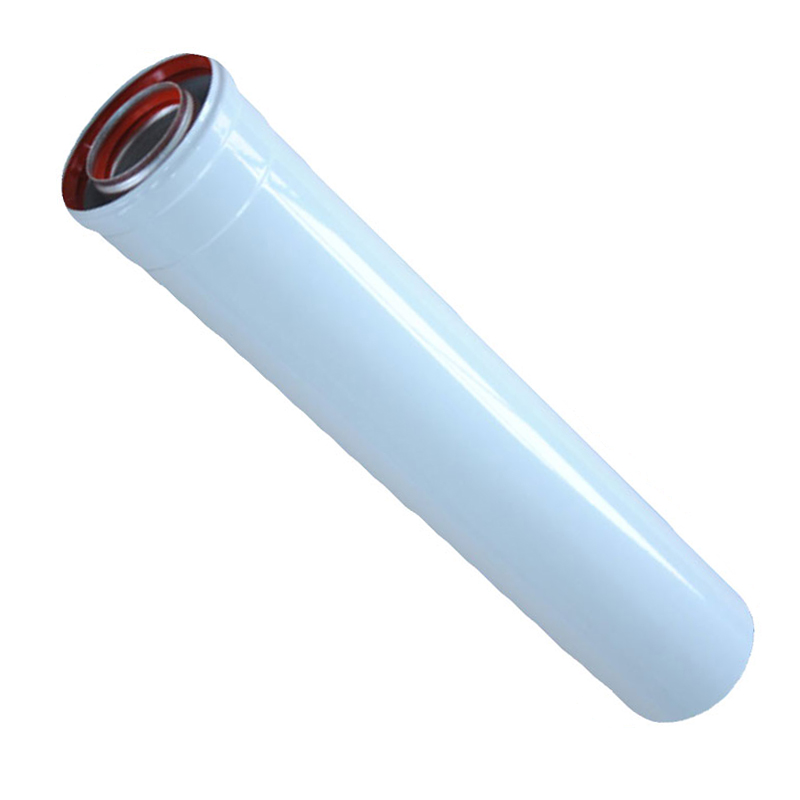Now, owners are careful and careful when installing wat […]
Now, owners are careful and careful when installing water pipes, because water pipes have the characteristics of "small investment and large losses". What is small investment? Estimated according to the proportion of household decoration investment, it accounts for about 2.0%. What is a big investment? If the materials are not selected properly, the loss caused will be between ten and thirty times that of the first investment in water pipes. Such losses include repair or renewal of decoration loss, service loss, lost work loss, property loss caused by water leakage, and reinvestment loss of water pipe materials.
People usually use plastic water pipes (PPR), which are the most prone to leaks. And people are still adopting them in large numbers? Nowadays, a large number of so-called PPR pipes on the market use "modified plastic propylene", and the price of pipes is the key to the problem! Under the huge market pressure, most manufacturers have adopted improper price competition methods in order to cater to the market demand, in order to lose the best! Today we will listen to insiders share the advantages and disadvantages of using PPR water pipes and stainless steel water pipes!
1. Poor safety and reliability of plastic water pipes
The plastic pipe adopts hot-melt connection. This connection method is not easy to control its temperature. If the temperature is too low, water will leak if the connection is not strong; if the temperature is too high, the plastic material will be seriously degraded and the connection will be brittle. Even if the temperature is well controlled, the plastic at the joint is actually equivalent to the second-use plastic after being remelted. It is a weak point in the piping system. The pressure bearing capacity is relatively low. Generally, the working pressure is only allowed within 0.6mpa. Occasion use. At the same time, the coefficient of linear expansion of the plastic pipe is relatively large (0.15mm/m℃), and technical measures must be taken to prevent the expansion and deformation of the pipe when the pipe is exposed or not directly buried. It is easy to break off at the interface when delivering hot water.

2. Low hygienic performance of plastic water pipes
In the past 20 years, people have realized that there is a condition called "cancer", the direct cause is the deterioration of the environment, which is an outbreak of accumulated pathogenic causes. How many people know that there is such a cause in the plastic pipes we use! Because the plasticizers and antioxidants that must be added in the production of plastic pipes are carcinogenic to the human body. Environmental hormones refer to the plasticizer in hard plastics-"biphenol a" (carcinogen). According to research by experts in Britain, France, Japan, etc., male sperm halved in 50 years, and women’s diseases are related to biphenol a, which is defined as an environmental hormone by foreign experts. ("Time Bomb Threatening Mankind-Environmental Hormone" was translated by Yuki Izumo, Japan in 1999). The chemical additive "phthalein", which can make plastic tubes softer, has a great impact on the kidneys, liver, and testis in the human body. It can cause cancer and kidney damage, destroy the human body's functional reconstruction system, and affect development. The problem of recycling waste plastic has become a problem with Chinese characteristics.
3. What material of water pipe is the safest and most reliable?
Thin-walled stainless steel water pipes should be the first choice. It is a newcomer in the domestic pipe field. It has important practical significance for improving the quality of modern buildings in my country, improving the quality of water supply, reducing overall costs, protecting human health and saving water resources.
Fourth, the excellent sanitation of stainless steel water pipes
Stainless steel is a recognized healthy material that can be implanted into the human body, and many civilian products are not. Stainless steel materials are generally used in occasions with high sanitary requirements. The stainless steel material is safe and non-toxic, no corrosion and exudate, no turbidity, no odor problems, no secondary pollution to the water quality, and keep the water quality pure and healthy.
Five, the material properties of stainless steel water pipes
Take the commonly used 304 stainless water pipe as an example, its tensile strength is 520~750mpa, which is twice that of galvanized pipe, three times of copper pipe, and 8-10 times of PPRT pipe. The average thermal expansion coefficient of stainless steel water pipes is 0.017mm/(m·℃), which is close to copper pipes, while composite pipes are 1.5 times that of stainless steel water pipes, and plastic pipes are 5 to 11 times that of stainless steel water pipes. In view of the weakness of the excessive thermal expansion coefficient of plastic pipes, metal pipes should be used to transport hot water. The thermal conductivity of stainless steel water pipe is 15w/m·℃(100℃), which is 1/4 of steel pipe and 1/23 of copper pipe. Stainless steel water pipes are especially suitable for hot water transportation due to their good heat preservation performance.
Six, the economy of stainless steel water pipes
Current stainless steel water pipes have become thinner, and the maturity and development of high-diameter wall ratio stainless steel water pipe technology has greatly reduced the price. The development of stainless steel from high-end tableware to household plumbing is a revolution in the plumbing industry, and it is also an inevitable trend!